Advertisements
Advertisements
प्रश्न
Do you remember magic triangles? Come now, let s make some magic squares.
- Fill this square using all the numbers from 21 to 29.
Rule: The total of each side is 75.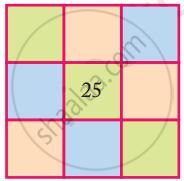
उत्तर
Given that total of each side is 75
We can use numbers from 21 to 29.
- In the first row:
The required number
= 75 – (26 + 22)
=75 – 48 = 27 - In the first column:
The required number
= 75 – (26 + 28)
= 75 – 54 = 21 - In the second row:
The required number
= 75 – (21 + 25)
= 75 = 75 – 46 = 29 - In the third row:
The required number
= 75 – (28 + 24)
= 75 – 52 = 23 - Number in first box = 28
Number in second box = 23
So, number in third box
= 75 – (28 + 23)
= 75 – 51= 24
Hence, the complete magic square is as follows:
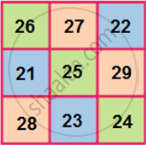
APPEARS IN
संबंधित प्रश्न
If \[\overline{{3x2}}\] is a multiple of 11, where x is a digit, what is the value of x?
Given an example of a number which is divisible by 4 but not by 8.
Which of the following statement is true?
A number is divisible by 18, if it is divisible by both 3 and 6.
Do you remember magic triangles? Come now, let s make some magic squares.
- Fill this square using all the numbers from 46 to 54.
Rule: The total of each line is 150.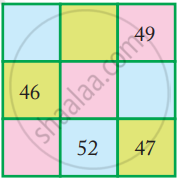
Look at the patterns of numbers in hexagons.
Each side has 2 circles and 1 box.
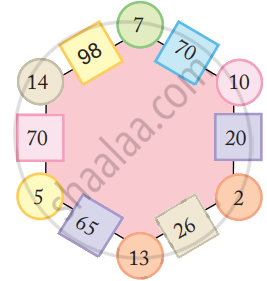
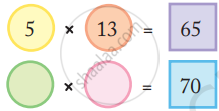
- Look at the number 65 in the box. Which are the circles next to it?
- Can you see how the rule works?
Use the same rule to fill the hexagons below.

Now you also make your own magic hexagons.
Now, look at this —
![]()
Check if it is true or not.
Now you try and change these numbers into special numbers —
273
If  then A = ______ and B = ______.
then A = ______ and B = ______.
A four-digit number abcd is divisible by 4 if ab is divisible by 4.
